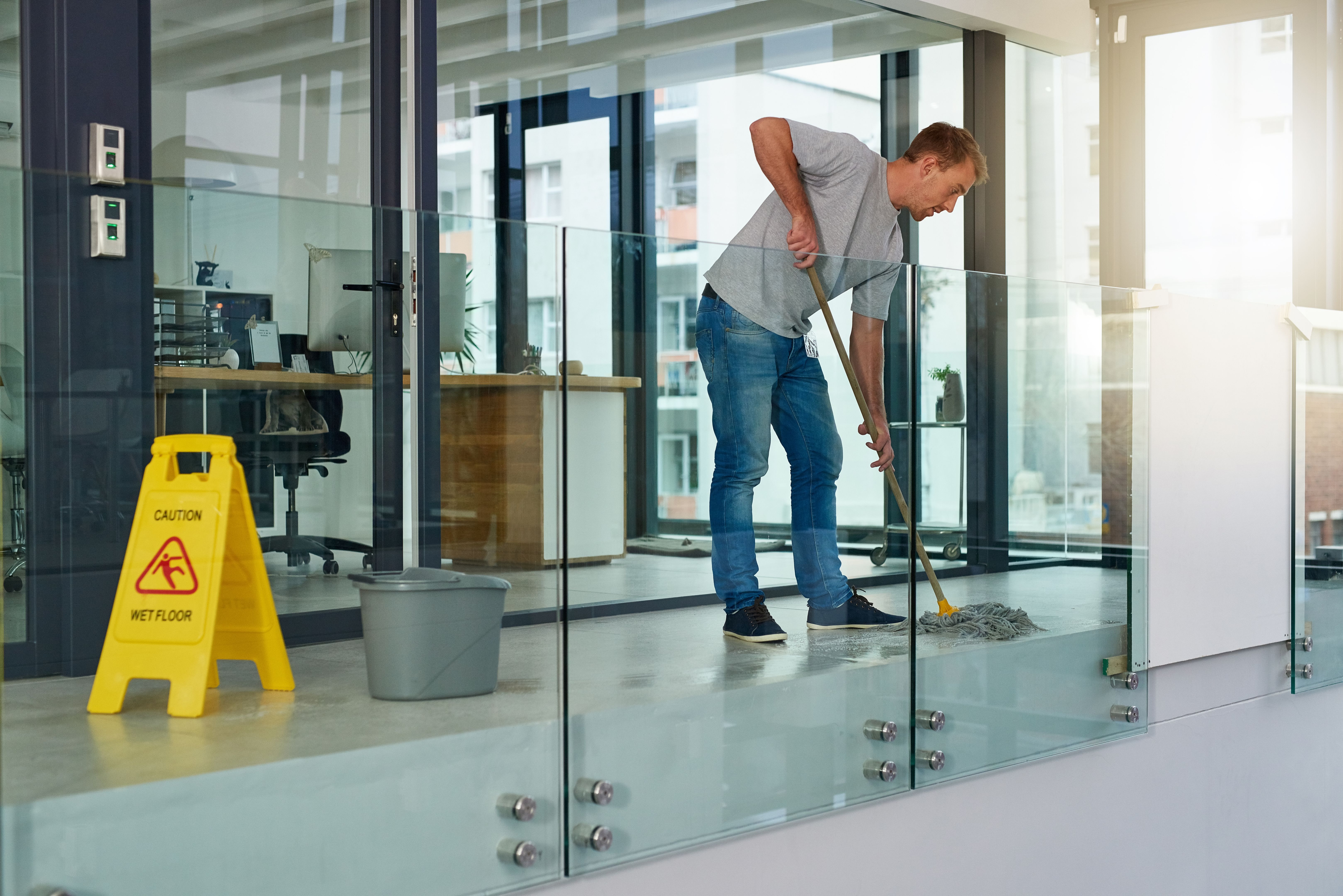Preventing Illness: Tips for Keeping Home, Office, and School Germ-Free
Understanding the Importance of Cleanliness
In today's fast-paced world, maintaining a germ-free environment is crucial for preventing illness. Whether at home, in the office, or at school, staying vigilant about cleanliness can significantly reduce the risk of infections. With cold and flu season just around the corner, now is the perfect time to review some effective strategies for keeping these spaces free from harmful germs.

Maintaining a Germ-Free Home
Regular Cleaning Routines
Establishing a regular cleaning routine is the foundation of a germ-free home. Ensure that high-touch surfaces such as doorknobs, light switches, and remote controls are disinfected frequently. Using a disinfectant spray or wipes can help eliminate bacteria and viruses that linger on these surfaces. Additionally, consider implementing a weekly cleaning schedule for less frequently touched areas.
Encouraging Healthy Habits
Promoting healthy habits among family members is equally important. Encourage everyone in the household to practice good hand hygiene by washing hands with soap and water for at least 20 seconds, especially after returning home from outside. It's also beneficial to remind family members to cover their mouths when coughing or sneezing to prevent the spread of germs.

Keeping the Clean
Sanitizing Workspaces
In an office setting, shared spaces and equipment require special attention. Regularly sanitizing keyboards, phones, and desks can help maintain a hygienic work environment. Providing employees with access to hand sanitizer and disinfectant wipes encourages them to take personal responsibility for cleanliness in their work area.
Encouraging Sick Leave
Another critical aspect of preventing illness in the workplace is encouraging employees to stay home when they are unwell. This simple measure can prevent the spread of contagious illnesses among colleagues and maintain overall office health. Employers should foster a culture where taking sick leave is accepted and encouraged.

Creating a Germ-Free School Environment
Frequent Cleaning of Classrooms
Schools are hotspots for germ transmission due to the close contact between students. Regular cleaning and disinfecting of classrooms can help mitigate this risk. Focus on high-touch areas such as desks, chairs, and shared equipment. School administrators should ensure that cleaning supplies are readily available for staff use.
Educating Students on Hygiene
Educating students about personal hygiene practices is vital. Schools can implement programs that teach children the importance of handwashing and proper respiratory etiquette. By instilling these habits early on, schools can play a significant role in reducing the spread of germs.
Final Thoughts
By implementing these strategies across homes, offices, and schools, we can create environments that are less conducive to the spread of illness. Whether through regular cleaning routines, promoting healthy habits, or encouraging sick leave, every small effort counts in our collective fight against germs. Remember, maintaining cleanliness is a continuous process that requires attention and commitment from everyone involved.